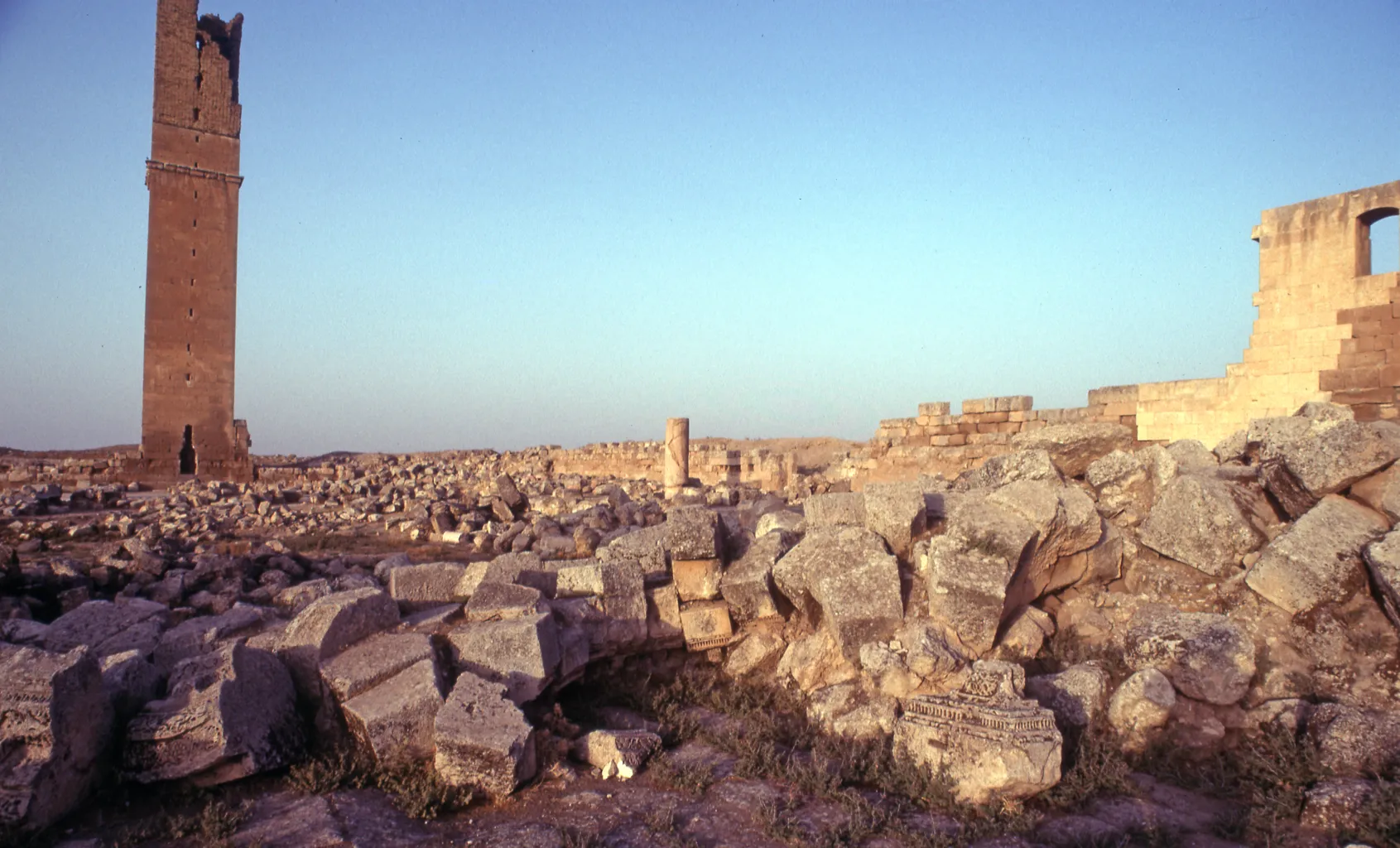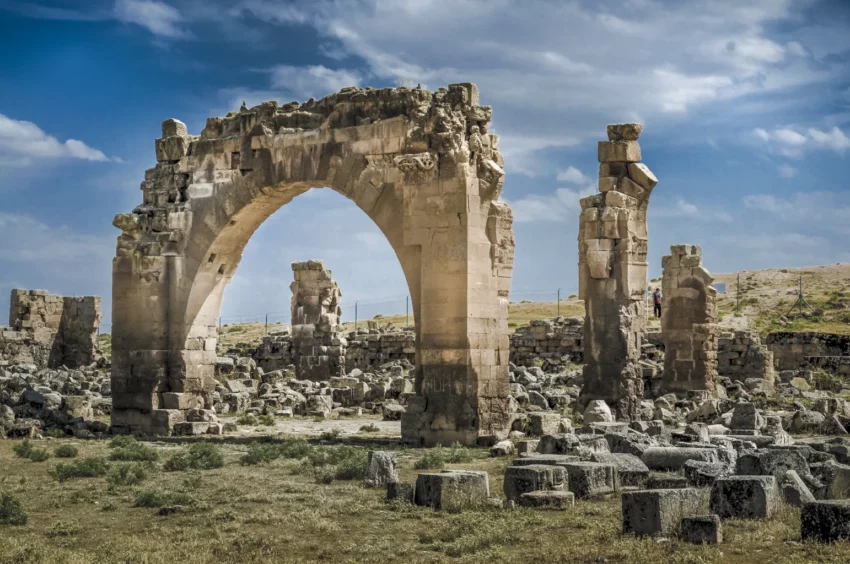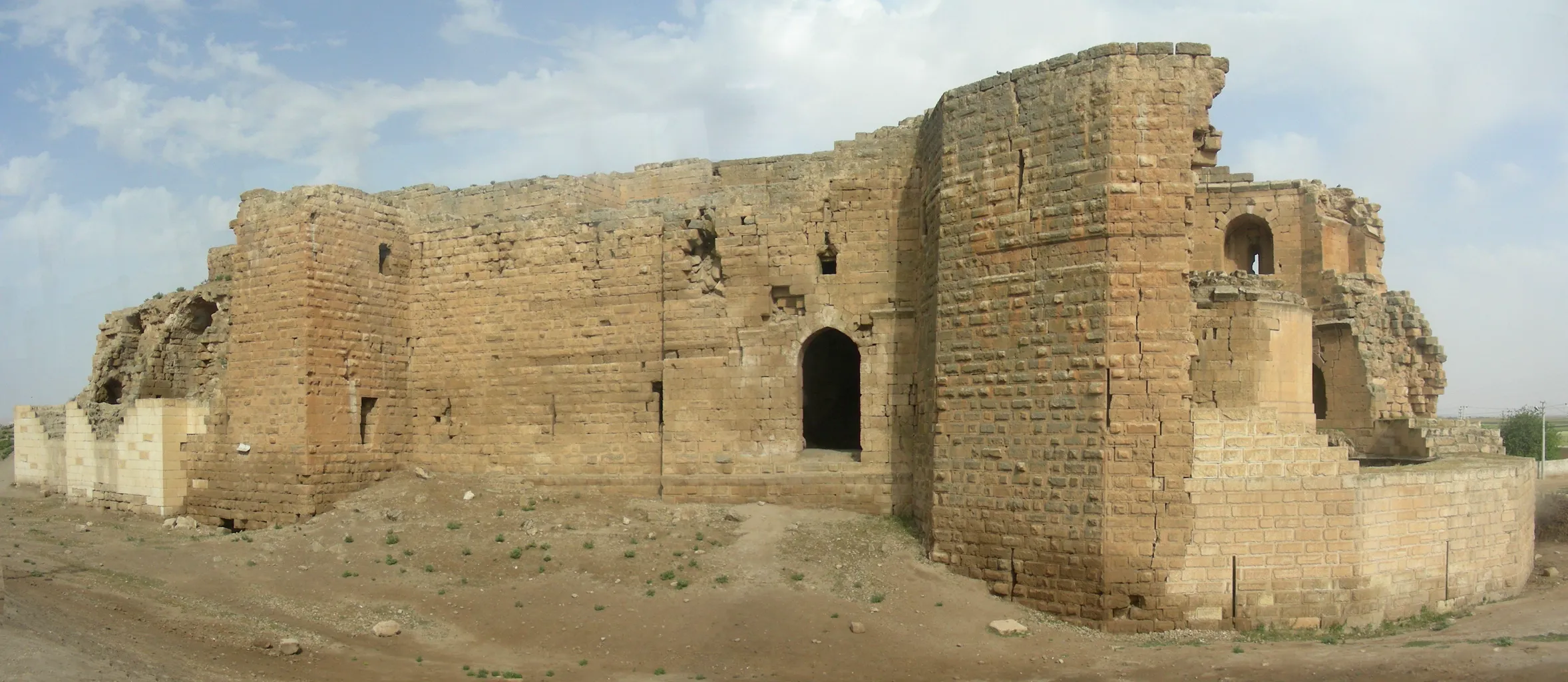Harran: An Overview
Harran is a municipality and district in Şanlıurfa Province, Turkey. Its area is 904 km², and its population is 96,072 as of 2022. Harran is located 40 kilometers southeast of Urfa and 20 kilometers from the Syrian border crossing at Akçakale.
Get your dose of History via Email
Historical Significance
Harran was founded between the 25th and 20th centuries BC. Sumerian traders from Ur possibly established it as a merchant colony. Over time, Harran grew into a major Mesopotamian cultural, commercial, and religious center. The city became influential due to its association with the moon-god Sin. Many Mesopotamian rulers consulted and renovated the moon-temple of Ekhulkhul in Harran.
Assyrian Rule
Harran came under Assyrian rule during the reign of Adad-nirari I (1305–1274 BC). It became a provincial capital, often second in importance only to Assur. During the collapse of the Assyrian Empire, Harran briefly served as the final capital of the Neo-Assyrian Empire (612–609 BC).
Post-Assyrian Period
After the fall of Assyria, Harran experienced varying degrees of foreign cultural influence. It was under the Neo-Babylonian (609–539 BC), Achaemenid (539–330 BC), Macedonian (330–312 BC), and Seleucid (312–132 BC) empires. During classical antiquity, Harran was often contested between the Roman and Parthian (later Sasanian) empires. In 53 BC, Harran was the site of the Battle of Carrhae, one of the worst military defeats in Roman history.

Islamic Period
Harran was captured by the Rashidun Caliphate in 640. It remained an important city in the Islamic period. The city flourished as a center of science and learning. It was the site of both the first Islamic university and the oldest mosque in Anatolia. Harran twice served as a capital city in the Middle Ages, first under the Umayyad Caliphate (744–750) and later under the Numayrid Emirate (990–1081).
Mongol Conquest and Decline
The Mongol Empire conquered Harran in 1260 but largely destroyed it in 1271. Although Harran was kept as a military outpost under some later regimes, it has mainly been used as a temporary settlement by local nomadic societies over the last five centuries. Harran retransitioned into a semi-permanent village settlement in the 1840s. It has only recently grown into a permanent town through advancements in local irrigation and agriculture.

Modern Era
Harran was a Turkish district until 1946, after which it was downgraded to a sub-district of the Akçakale district. It regained its status as a district in 1987. Today, it is a major local tourist spot. The town is particularly famous for its unique beehive houses, reminiscent of buildings present in ancient Mesopotamian times.
Toponymy
The name Harran has remained in continuous use since ancient times. Early cuneiform records of the Sumerians and Hittites mention it as 𒌷𒊮𒆜 (URU.ŠÀ.KASKAL), sometimes shortened to 𒆜 (KASKAL). Transliterated as *Ḫarrānu*, it means “journey,” “caravan,” or “crossroad.” It is often interpreted as “caravan path” or “intersection of routes and travel.”

Conclusion
Harran’s rich history and cultural significance make it a fascinating subject of study. Its unique architectural features and historical monuments continue to attract scholars and tourists alike.
Sources: Wikipedia


